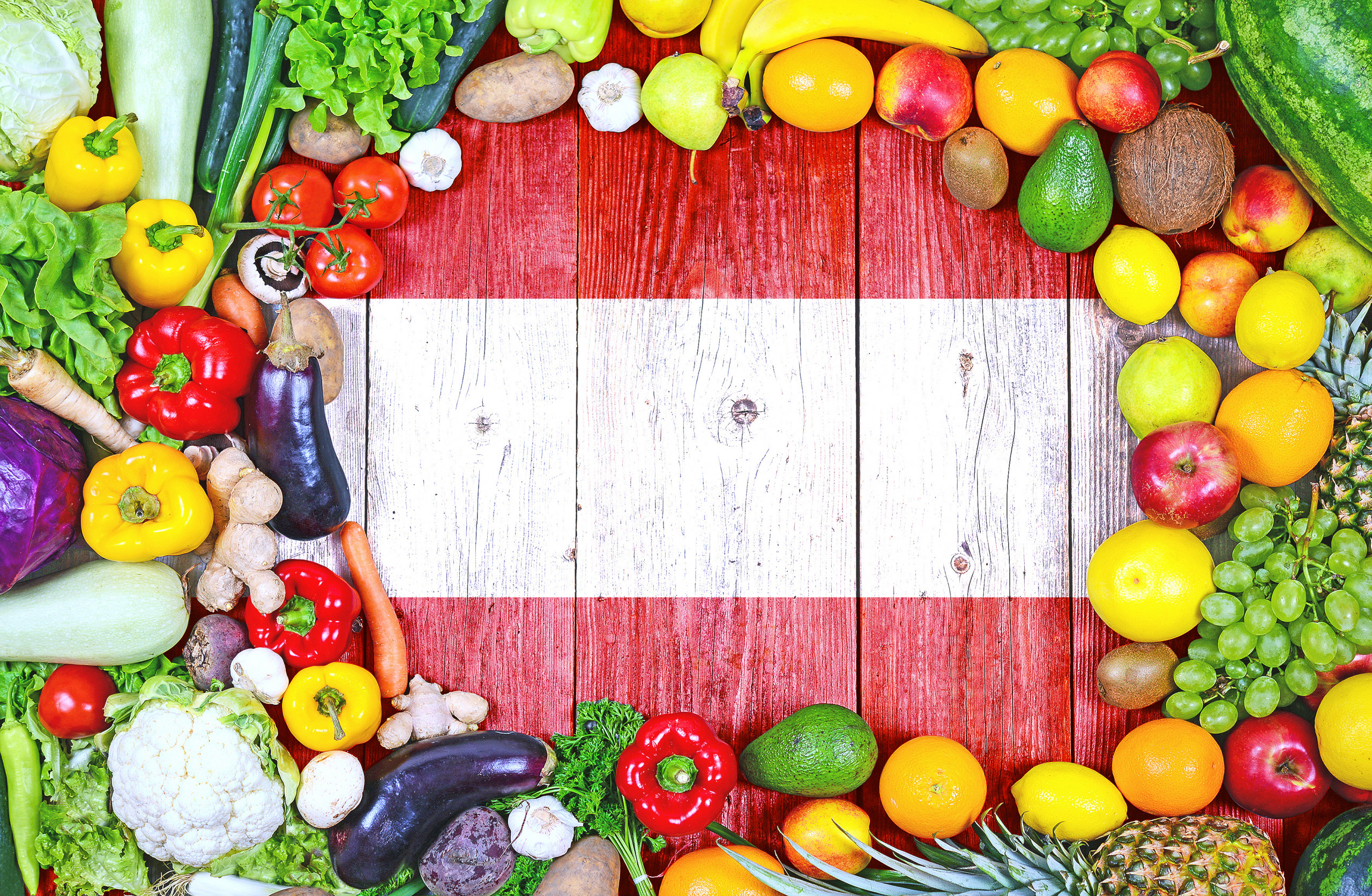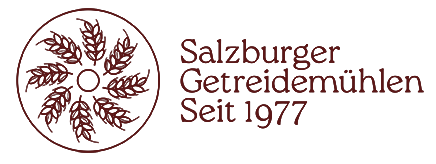What is the difference? White flour:When the bran, i.e. the marginal layers, and the valuable germ are removed from the grain, we …

For today’s article, we have taken the “Austrian Nutrition Report” and looked at what you can read in it on the subject of cereals or how it stands around the grain consumption of Mr. and Mrs. Austrians.
The Austrian Nutrition Report provides information on the nutrition situation in Austria. The data collection has taken place every five years since 1998. The most recent nutrition report is from 2017. It is the Department of Nutritional Sciences at the University of Vienna, which has been commissioned by the Federal Ministry of Health and Women’s Affairs to prepare the Nutrition Report. The data collection is carried out in a standardized and computer-assisted manner.
The focus of the nutrition report is on men and women in Austria aged 18 to 64. Because participation is voluntary, one might question the validity of the Austrian Nutrition Report given the number of subjects. In 2017, a total of 2,129 people were screened. Due to the imbalanced proportion of men

(782) and women (1347), there was some bias in the sample. However, this was corrected by Statistics Austria.
In the Austrian Nutrition Report, in addition to the determined values of vitamins, minerals of the test persons, etc., the consumption of the various food groups (such as fruit/vegetables, dairy products, cereals, etc.) is also presented.
We now take a look at how the consumption of cereals stands in Austria:
“For the food group of carbohydrate and fiber sources cereals and potatoes, four servings of cereals, bread, pasta, rice or potatoes are recommended daily. One serving of these foods is 50 to 70 g of bread or vollgrain bread, pastries about 50 to 70 g, muesli or cereal flakes 50 to 60 g and potatoes about 200 to 250 g. For cooked pasta, 200 to 250 g and for cooked rice or cereals, 150 to 180 g are equivalent to one serving. Women consume between 36 and 45 g of potatoes daily, men between 57 and 73 g, which is just about a quarter of a serving. Both sexes consume significantly more cereals, cereal products and grains: here, the quantities for men are between 245 and 301 g and for women between 177 and 201 g. This corresponds to just about a quarter of a serving. In total, this corresponds to about three servings.” [1]
Thus, it can be summarized that three instead of four servings of the recommended amount of cereals and potatoes are consumed, with the cereal (product) consumption being higher than that of potatoes.
Where is the full grain?
If you follow our blog posts, you know that whole grains play a significant role for us. The fact that any cereal products made from whole grains contain a lot of fiber, vitamins, minerals, etc. and can thus have a more health-promoting effect on the body than white flour products is not only important for us, however, but should be common knowledge.
The following questions arise: To what extent does the Austrian Nutrition Report distinguish between whole grain products and non-whole grain products in the consumption of cereals/products? Can all cereal products be lumped together? In what context would a distinction be important or even necessary?
We do not want to evaluate or even devalue the Austrian Nutrition Report in any way here, just question it a little.
With this food for thought, we’ll wrap up today’s blog post and wish you another great day!
Sources
Contribution
Dietary fiber
Contribution:
Nutrient contents of whole grain and non-whole grain cereal products compared.
https://www.getreidemuehle.com/de/weissmehl-vollkornmehl/
[1]https://ernaehrungsbericht.univie.ac.at/fileadmin/user_upload/dep_ernaehrung/forschung/ernaehrungsberichte/erna_hrungsbericht2017_web_20171018.pdf, page 44
This was: The Austrian Nutrition Report: here’s what’s happening with our consumption of cereals
What is the difference? White flour:When the bran, i.e. the marginal layers, and the valuable germ are removed from the grain, we …
Hello and greetings! Also in the life of a mouse it is important to be always up to date and well informed. …
When it comes to eating breakfast, each of us has our own habits, certain preferences or maybe even skips the morning meal …
Hello dear ones, today I am quite outraged and upset! I was just about to wash my mouse laundry and do some …
Address:
Gasteigweg 25,
5400 Hallein
Austria
Opening hours:
Monday to Thursday: 09 – 16:00
Friday: 09 – 12:00
Contact:
Phone: +43 6245 83282
E-Mail:
info@agrisan.at



